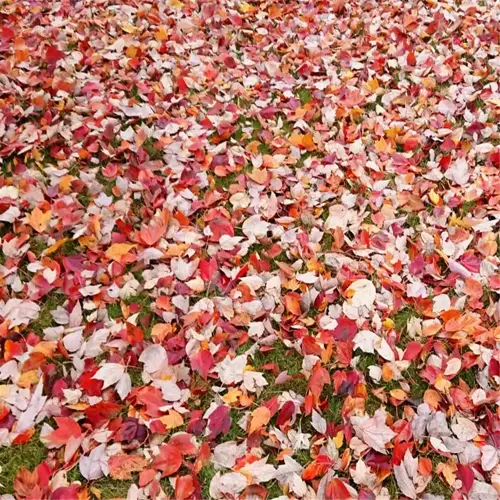Do drought-resistant gardens lack color?

Written by
Paul Reynolds
Reviewed by
Prof. Charles Hartman, Ph.D.It is a misconception that drought-tolerant gardens are boring. In my Nevada homeowner's yard, the vivid red and yellow flowers of Gaillardia and the purple spikes of Liatris formed a vivid tapestry of color. The garden thrived on 20 percent less water than a conventional garden, in part, thanks to the silver foliage of Lamb's Ears.
Vivid Blooms
- Gaillardia (Blanket Flower): Fiery red/yellow flowers bloom from spring to frost. Thrives in zones 3-10 with minimal watering.
- Liatris (Blazing Star): Purple spikes attract pollinators. Drought-tolerant in zones 3-9.
- Red Hot Poker: Torch-like orange blooms for zones 6-9.
Foliage Contrast
- Lamb's Ears: Velvety silver leaves add texture. Survives zones 4-8 with 10" annual rain.
- Blue Fescue: Steel-blue grass complements flowering plants. Ideal for zones 4-8.
- Russian Sage: Silvery stems and lavender blooms for zones 4-9.
Soil and mulch are significant. In Arizona, gravel mulch installed around Agave and Sedum serves to cool the roots and doubles the intensity of blooms. Avoid organic mulch in dry climatic zones, because it will retain too much moisture. One garden in New Mexico used crushed quartz as a sparkling heat-reflecting base.
Prune wisely. In spring, cut the Russian Sage down to 12 inches to encourage a bushier plant. Remove the spent (deadheaded) flowers on Gaillardia, which is also called blanket flower, to produce a new flush of blooms. One gardener from the state of Utah uses both methods, and her garden has stayed colorful through a 90-day drought, showing that color and resilience don't cancel each other out.
Read the full article: 15 Top Drought Resistant Perennials for Water-Wise Gardens

